Vintages - Sizing Up Australia
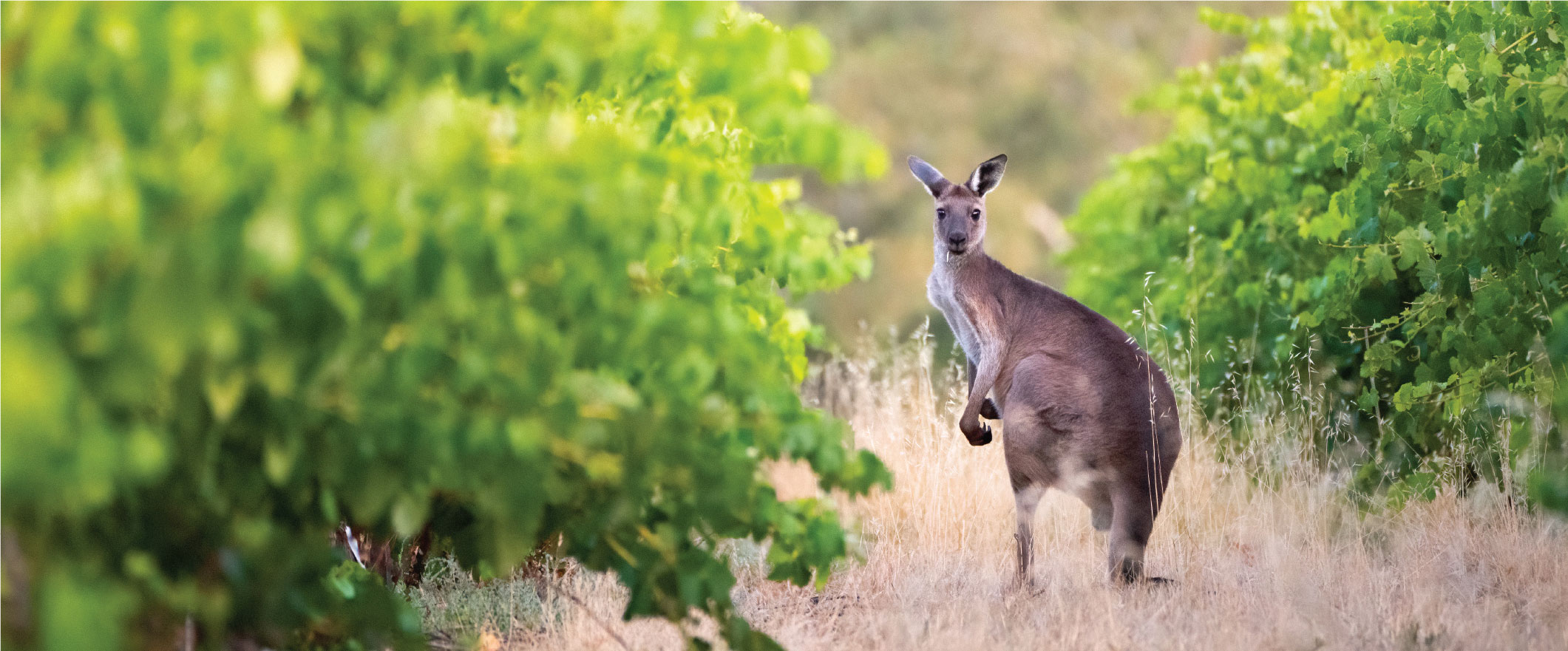
Feature Story
With its vast expanses of vineyards spread across diverse regions and wealth of grape varieties that thrive in them, it’s no wonder Australia is such an enduring wine powerhouse.
From its famously big Shiraz and burly red blends to its nuanced white wines and refreshing sparklers, Australia has been at the forefront of innovative, top-quality winemaking for over two centuries. A wealth of diverse, exciting soil and climate types have made Australia a great go-to for consumers looking for fruit-driven, easy-drinking wines. It’s a place that has something for everyone. Join us as we take a peek at what’s going on Down Under.
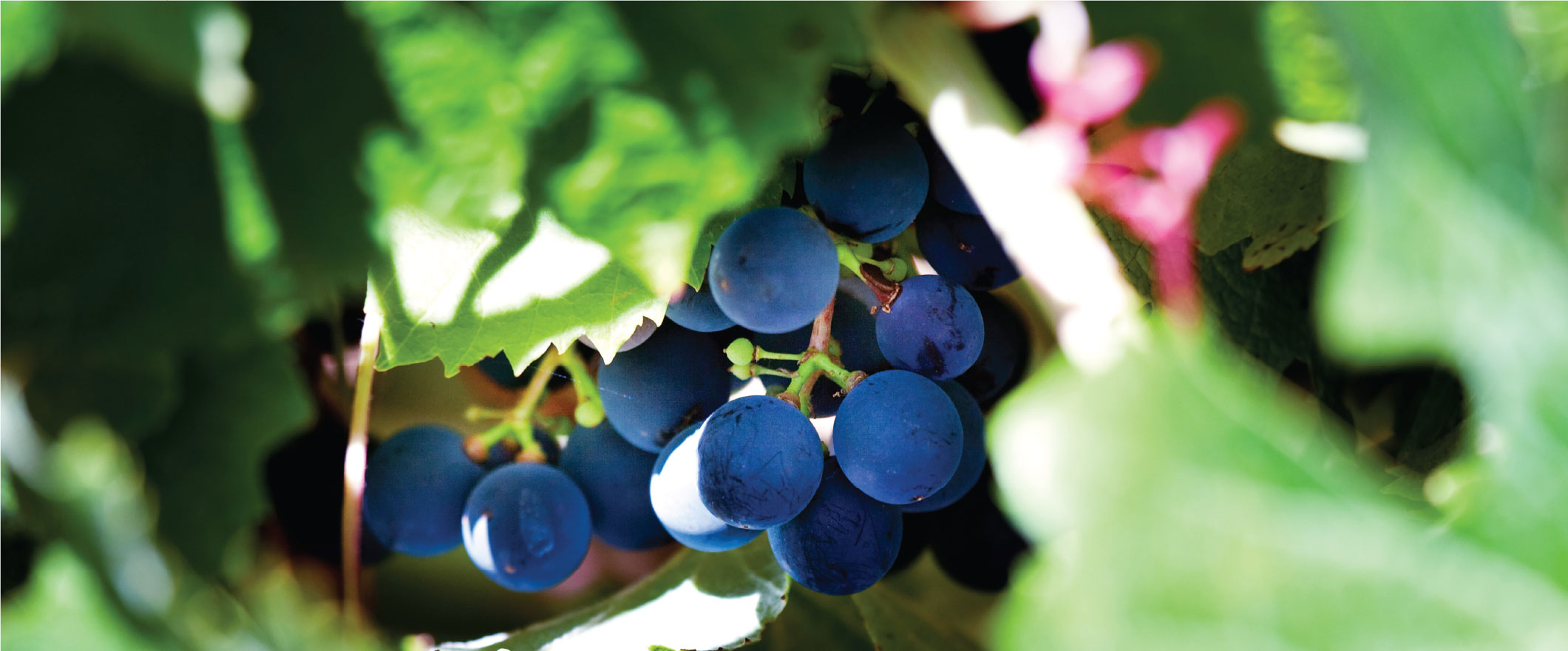
Shiraz
Shiraz (Syrah in France) is synonymous with Australian wine, in particular the big-shouldered, powerful, roasted-dark-fruit-flavoured style from the Barossa that is a keystone of Australian winemaking. But across Australia, varying growing conditions engender a wide range of styles and expressions, incorporating the full spectrum from soft and earthy to lean and peppery. The McLaren Vale offers rich, supple takes on Shiraz that suggest chocolate and mocha, while other areas can evoke tar, earth and leather atop the spice and dark fruit notes. The finest share a noted elegance and balance.
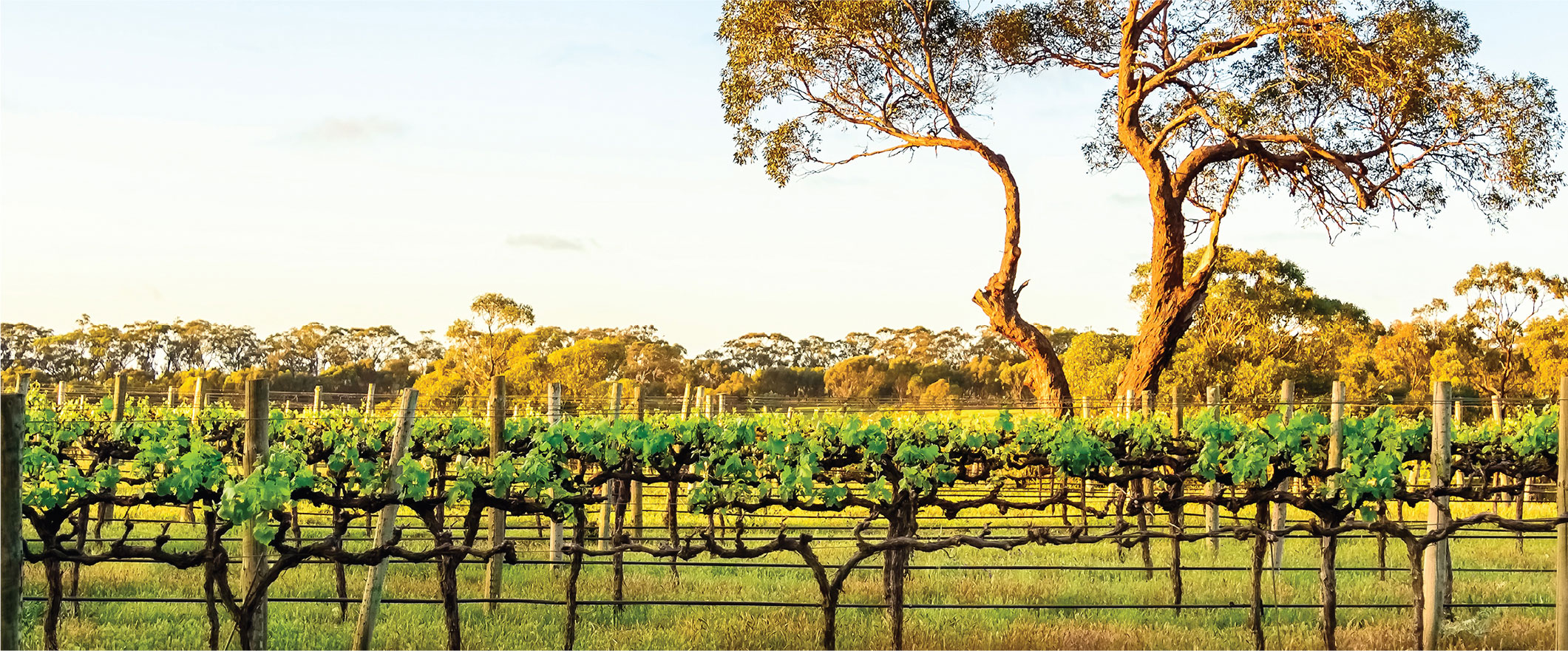
Red Blends
The popular Grenache/Shiraz/Mourvèdre (Mataro) blend originated in the Southern Rhône region of France, but the acronym GSM was born in Australia.
Australian GSMs are typically led by Shiraz and deliver formidable red fruit and spice flavours. Cabernet/Shiraz is considered by many to be Australia’s signature blend. Shiraz brings peppery spice and blue fruit but, more significantly, adds softness to the wine, operating much the same way as Merlot does in Bordeaux. And as demonstrated by the Penny’s Hill The Specialized Shiraz/Cabernet/Merlot 2018 (15976), combining all three can have exquisite results. Across Australia, there has been an increase in experimentation with Spanish and Italian varieties. Barbera has been in Australia since the 1960s but is beginning to see some serious momentum. It favours cooler regions such as Adelaide, and when used in blends it adds vibrancy and softness, dark fruit, and an underlying leather complexity.
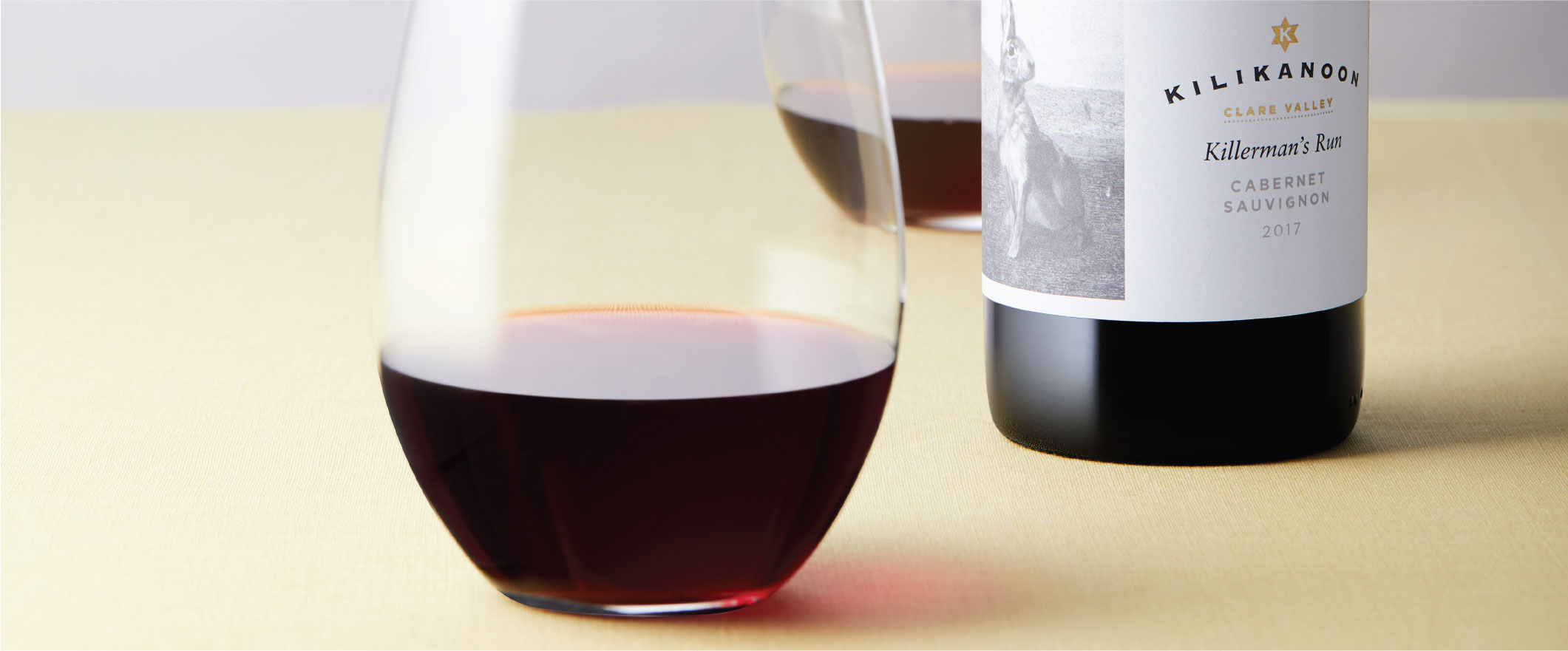
Cabernet Sauvignon
Though Cabernet remains an important blending grape in Australia, it also produces standout single-varietal wines. Australian Cabernet is noted for delivering exceptionally rich, ripe black cherry and blackcurrant fruit tones with an earthy underpinning. Cabernet does very well in the Clare Valley, where warm days, cool nights and plantings at varying altitudes encourage structured, impeccably balanced expressions with big fruit and an earthy character.
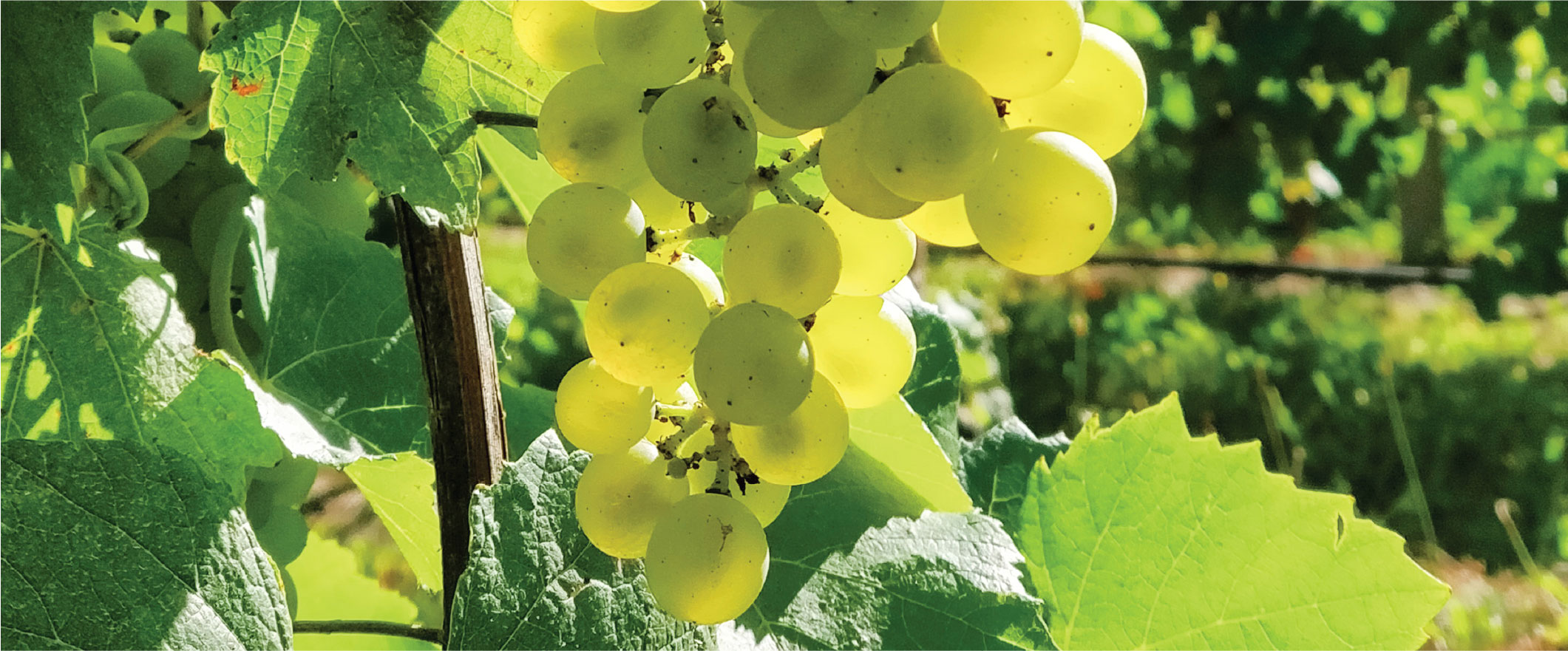
Chardonnay
Grown in every wine region in Australia, Aussie Chardonnay can be rich, ripe and oaky or delicate and unoaked, and everything in between. Typically, the fuller expressions come from warmer sites, while the more restrained examples are from cooler areas, but the trend for all Australian Chardonnay has been to move away from a reliance on oak. Using larger barrels and less new oak to impart more subtle oak influence places the emphasis on the purity of fruit.
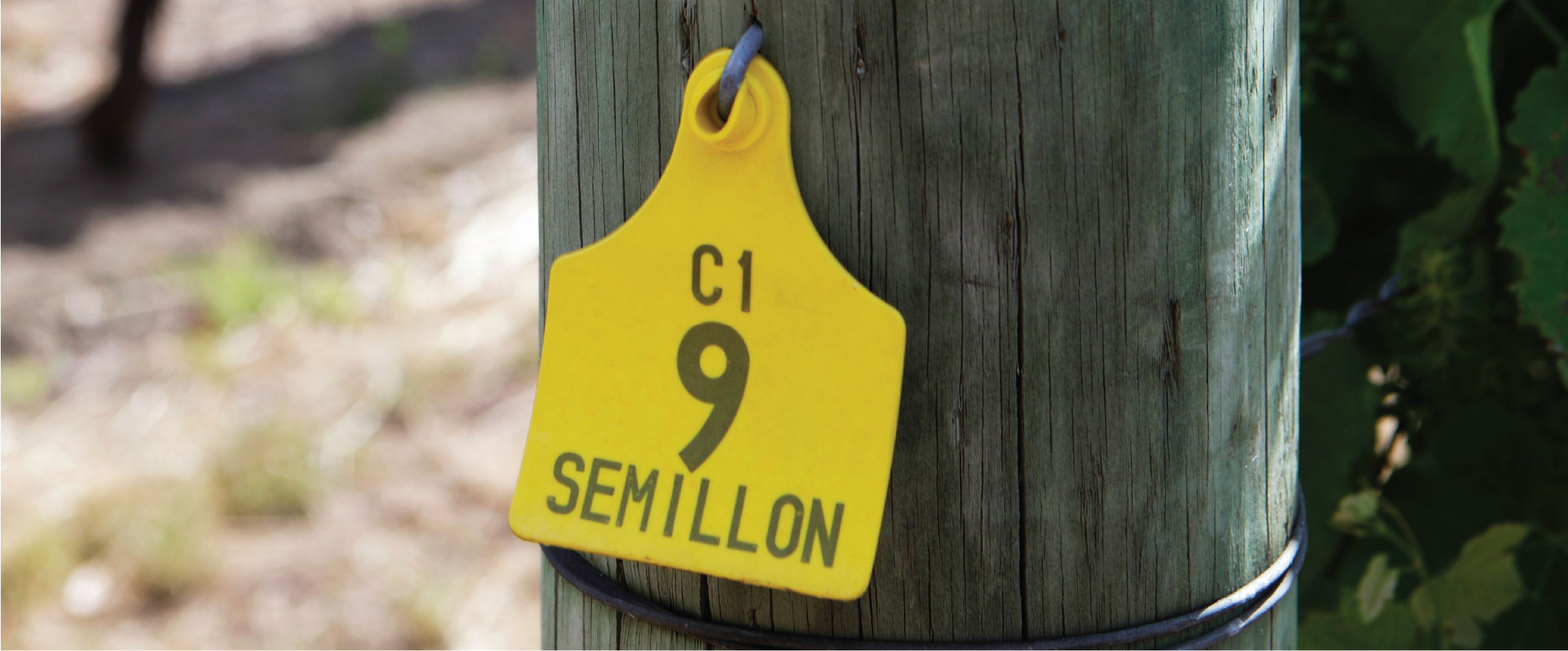
Semillon
Semillon originated in southwestern France, where it plays a role in the creation of the celebrated sweet wines of Sauternes. Semillon from Australia’s Hunter Valley has become one of the world’s signature styles. Home to exceptional Riesling, the Clare Valley also produces structured, refined Semillons. These are closer to the full-bodied examples from the Barossa than those of Hunter Valley and are richly textured and complex, with citrus, tropical fruit, herbs, grass and a saline minerality.

Riesling
Riesling is responsible for many of Australia’s greatest white wines, and many of the country’s finest expressions come from the Eden Valley. Though the area has a warm climate, altitude allows for the development of long-lived, steely Rieslings with bright acidity and intense lime citrus. Other regions of note include Tasmania and Frankland River. Riesling is a specialty of the Clare Valley, which is where many of Australia’s most iconic, ageworthy examples are made.
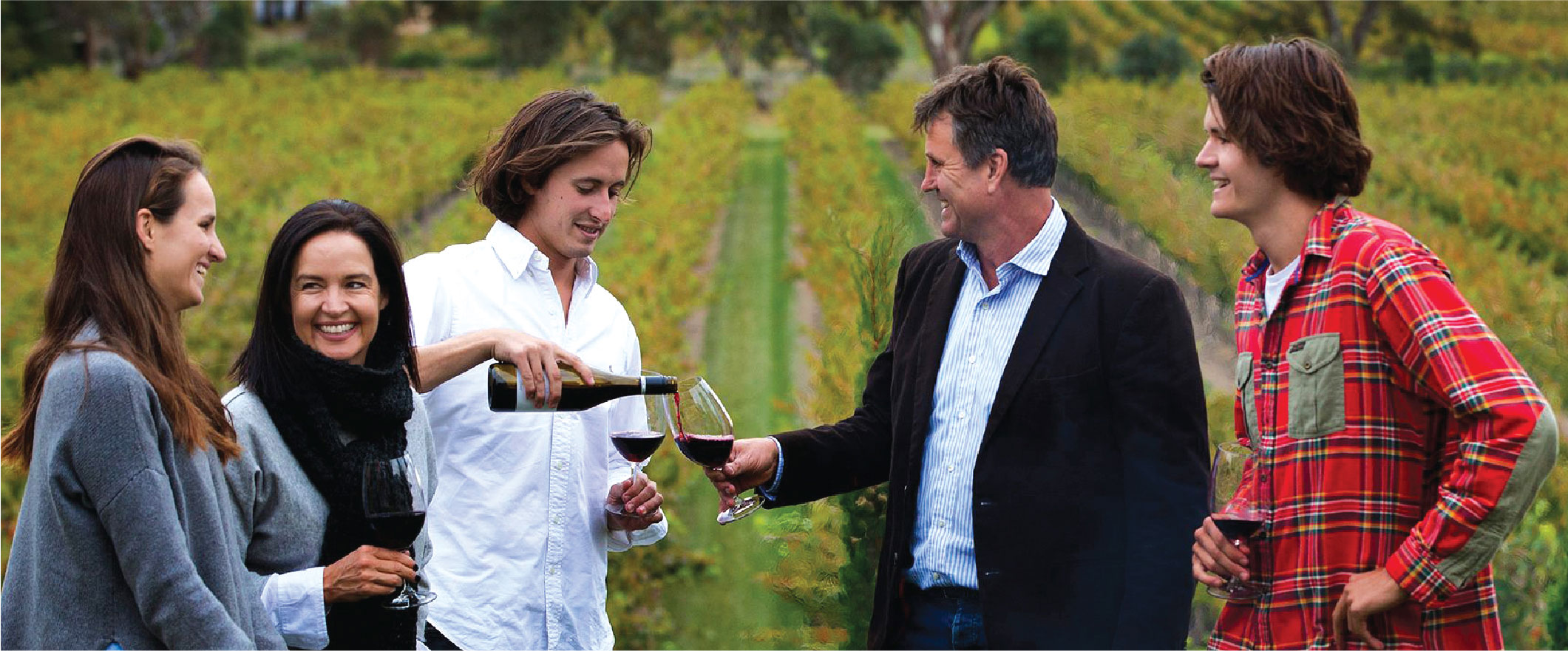
In the Spotlight: Hewitson – founded 1998
The family-owned and -operated Hewitson is home to some of the Barossa Valley’s oldest vines.
This Baby Bush Mourvèdre was planted in 1998 and is made using sélection massale, which involves planting new vines using cuttings from older vines from the same property; in this case, the Old Garden Vineyard, which was first planted in 1853. Single-varietal Mourvèdres are rare, and Australian versions are exceptionally rich and fruit-driven.
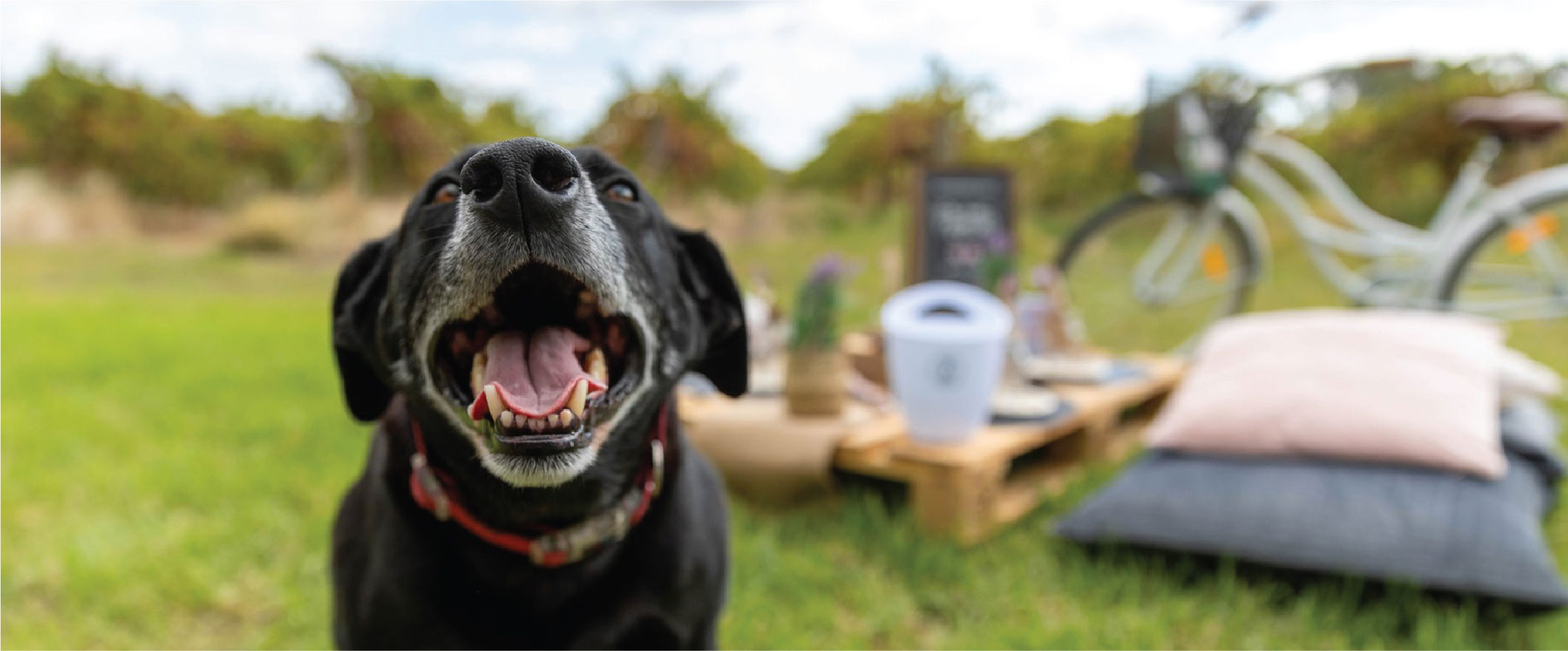
In the Spotlight: Zonte’s Footstep – founded 2003
Playfully named for the Zante currants originally planted in their vineyard in 1893, Zonte’s Footstep first made wines crafted from the Shiraz and Cabernet Sauvignon planted there in the 1920s.
With some plantings dating to the 1850s, Australia has the oldest producing Grenache vines in the world. Long the workhorse of Australian wine and first used in the production of fortified wine, Grenache became world renowned as the backbone of Australia’s GSM blends. Its prowess for producing floral, intensely flavoured single-varietal wines is undeniable.
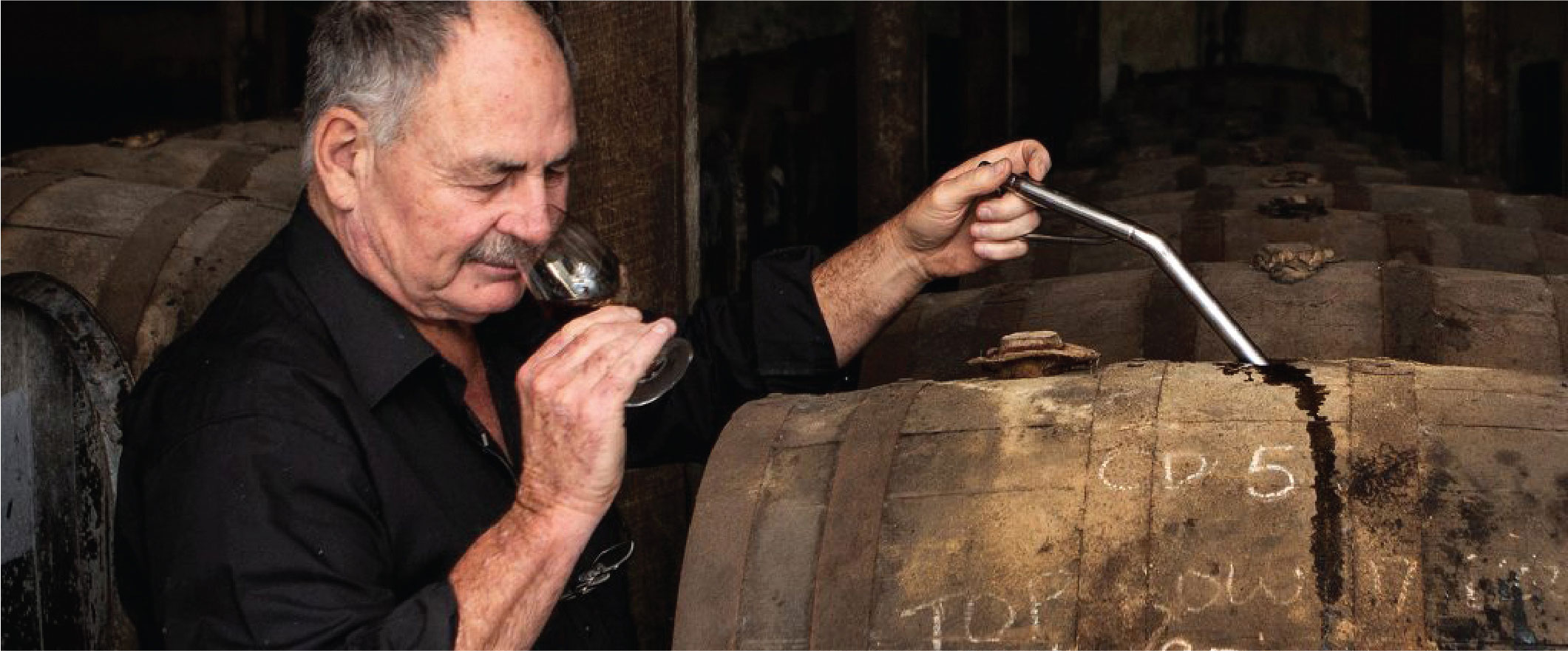
In the Spotlight: Pirramimma – founded 1892
One of South Australia’s founding wineries, Pirramimma remains family-run. Few wineries in the world possess a similar legacy and significance.
In its traditional home of Bordeaux, Petit Verdot can struggle to ripen, but this problem hasn’t followed it to Australia. Ideal conditions combined with the grape’s ability to retain its acidity in warm climates permits the creation of exciting single-varietal expressions with rich, complex flavours and luscious power.
Get our Latest News!
Be the first to hear about new arrivals, special offers, virtual events and more.
Get to Know Us!
Everything we are in a nutshell.

